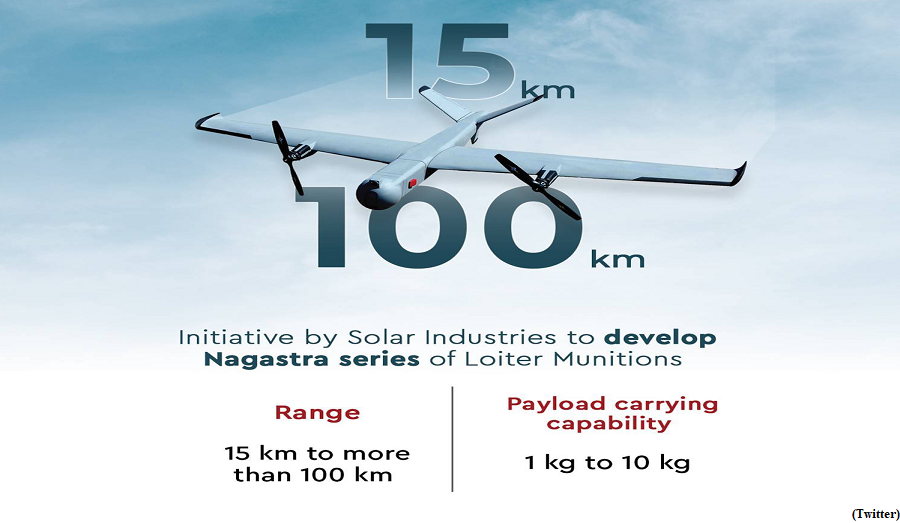UN calls for overhaul of global governance to tackle climate crisis (GS paper 3, Environment)

Why in news?
- The global governance system should be redesigned for equipping it to tackle the current and future challenges of climate crisis to rising security threats, according to a new report by the United Nations (UN).
Details:
- Recently, the report, ‘A Breakthrough For People and Planet: Effective And Inclusive Global Governance for Today And The Future’, launched by the UN’s High-Level Advisory Board (HLAB) on Effective Multilateralism, outlined an ambitious plan to overhaul the global governance system.
- The document also outlined an ambitious plan to strengthen multilateral systems to address the crises of rising inequality, lack of finance for sustainable development, gender divide and threats to democracy.
Effective multilateralism:
- Gender equality needs to be at the heart of a reinvigorated multilateral system that is people-centric, transparent, flexible and future-oriented, the report argued.
- Effective multilateralism is only possible if UN-mandated Sustainable Development Goals (SDG) on (gender equality and empowerment of all women and girls) are fully implemented and women and men are equally represented across all institutions and processes of global governance.
Six transformative shifts:
- HLAB, appointed by UN Secretary-General Antonio Guterres in March 2022, drafted 10 constituent principles of effective multilateralism.
- The principles are people-centric, representative, transparent, equitable, networked, mission-focused, flexible, accountable and future-oriented.
These principles are integrated into six transformative shifts that can help tackle the challenges; they are:
- Rebuild trust in multilateralism through inclusion and accountability
- Regain balance with nature by providing clean energy for all
- Ensure sustainable finance for all
- Support just digital transition
- Strengthen governance for current and emerging transnational risks
Our Common Agenda:
- These shifts are closely aligned with SDG and Our Common Agenda.
- ‘Our Common Agenda’ is an action plan designed to strengthen and accelerate multilateral agreements for making a tangible difference in people’s lives.
Recommendations & Way Forward:
- The UN report also recommended strengthening the global architecture for peace, security and finance; delivering just transitions for climate and digitalisation and ensuring more equity in global decision-making.
- The solutions provided in this report will help existing and future generations to avoid the catastrophic implications of the current trajectory and secure a more sustainable, just and peaceful world for people and the planet.
- The report is launched ahead of the Summit of the Future, to be held on September 22-23, 2024 in New York.
Solar Industries to supply UAV 'Nagastra' to Indian Army
(GS paper 3, Science and Technology)
Why in news?
- Solar Industries Nagpur has bagged an order to supply unmanned aerial vehicle (UAV) ‘Nagastra’ to the Indian Army, beating competitors from Israel and Poland.

Details:
- With government's initiative to bring Atmanirbharta in ammunition and defence systems, the first indigenous Loiter Munition (LM), Nagastra1, has been designed and developed by Economics Explosives Ltd (EEL), a 100 per cent subsidiary of Solar Industries Nagpur, in association with Z-Motion, Bangalore.
- A model of ‘Nagastra -1’ loitering munition was recently displayed in the Army Commanders conference held in New Delhi.
Nagastra -1:
- Nagastra -1 having an indigenous content of more than 75 per cent has many world class features.
- In a 'Kamikaze mode' it can neutralise any hostile threat with GPS enabled precision strike with an accuracy of 2 m. The fixed wing electric UAV has an endurance of 60 min with a man-in-loop range of 15 km and autonomous mode range of 30 km.
- In addition to day-night surveillance cameras the loiter munition is equipped with fragmenting warhead to defeat soft-skin targets.
- In case a target is not detected or if the mission is aborted, the loiter munition can be called back and made a soft landing with a parachute recovery mechanism enabling it to be reused multiple times.
- Abort, recover and reuse features of this loiter munition make this system superior to similar class of systems developed by advanced countries.
Significance:
- Drone technology has proved to be a force multiplier in military operations as evident from its application in various recent conflicts across the world, especially in cases of Armenia-Azerbaijan, Syria, strike on oilfields in Saudi Arabia, and the ongoing Russia-Ukraine conflict.
- Even in Indian context, the recent incidents along the borders have seen a noticeable increase in drone related incidents along the northern borders.
Way Forward:
- Solar Industries have taken initiatives to develop a wide array of weaponised drones to neutralise various targets using gravity drop bombs, guided missiles or using them in a Kamikaze mode.
- This will go a long way to boost indigenous capability of using drones/ UAVs as war machinery.



